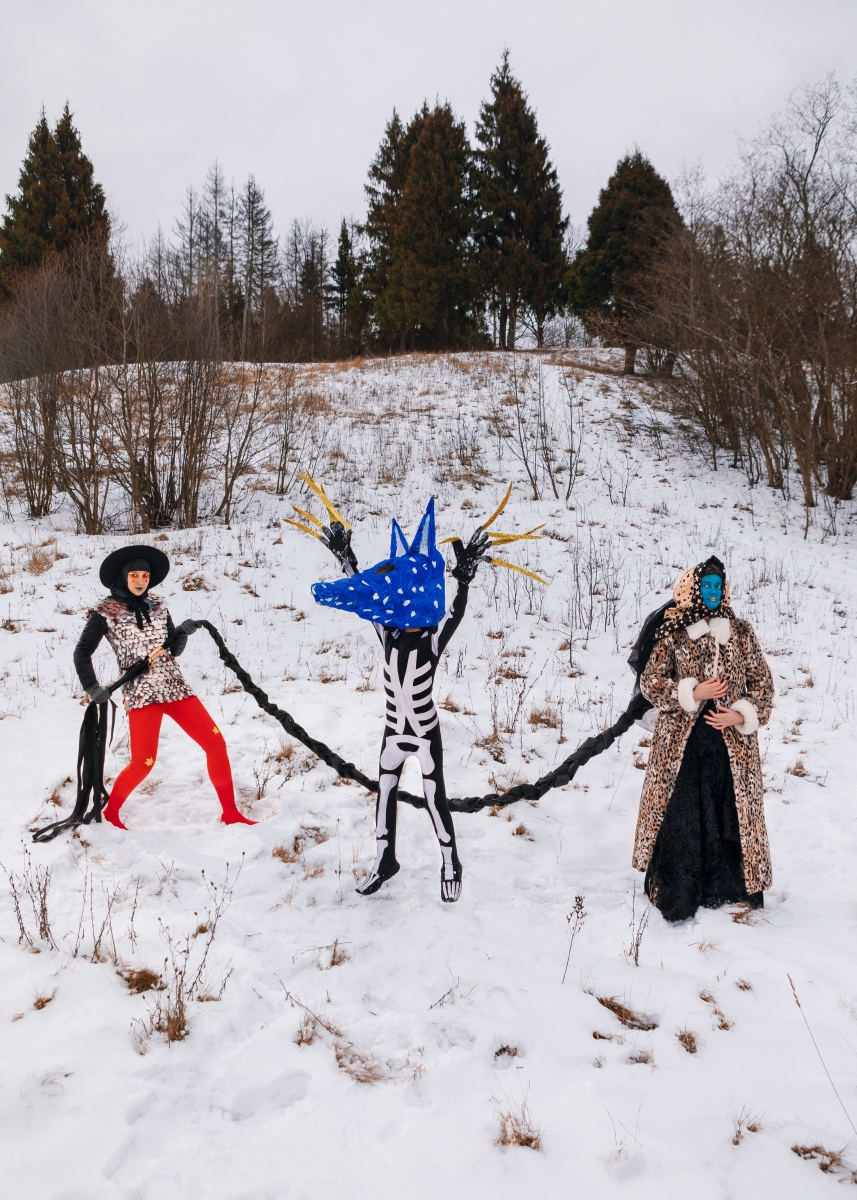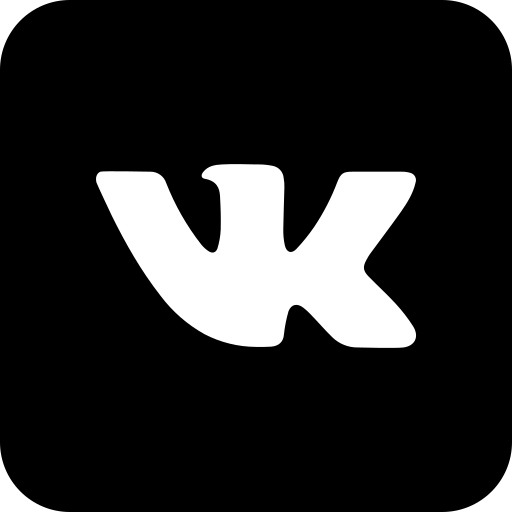
|
Why do the contemporary art and fairytale act cooperatively? The common background of 2010s is a particular massovisation of the cultural sphere. Many people have got a direct access to it. They have arisen opportunities to publicly comment on a work of art, a film, a play, etc. The audience doesn’t need the annoying mediators, advisor and even more so masters any longer. The decline of professional expertise led to critics having to respond to comments, communicating with readers on Facebook, and thus write 140-symbol reviews—the exact standard set by the website “Meduza”. In the sphere of art, this turned on the mode of completely undisguised mythmaking, composing and translating of narratives full of wonders. A fairy-tale sells almost as easy as sex. Or maybe even easier. All kinds of mystifications and parafictions have come to such broad circulation that with a candle in the daylight you wouldn’t find an artist who has no alter ego, a phantom institution or, at worst, a mysterious story in stock. The behavioural models are now comic book characters, whilst myth is the main building material for a creative act. Yet, the art sphere hasn’t been in the vanguard of what’s been happening. The outer world has been transforming much more rapidly. When in 2016 the editorial board of the Oxford Dictionary honoured the “post-truth” as the word of the year, nobody found it surprising. The best propaganda isn’t only built on mythologisation of your adversary, but also of your own proclaimed values. That’s how everybody plays, both the liberals and the conservatives, those for and those against certain rights and freedoms, activists and bureaucrats, businessmen and journalists. The era of universal psychologisation also contributes to that. Emotions, as well as faith and the sixth sense are clearly in higher esteem than logical reasoning and analysis.




